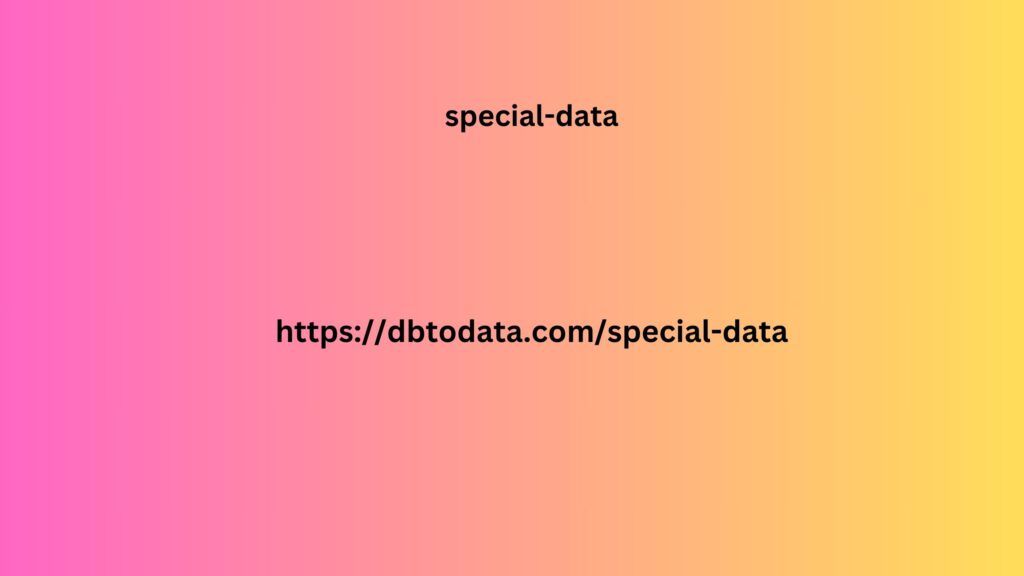want to do post launch is test your redirects. If you’ve already ran a pre-launch test, there hopefully won’t be any nasty surprises. However, if some have fell through the cracks, you want to catch them as early as possible. Submit your sitemap Once your site migration is live, you will want to submit your XML sitemap to Google Search Console. This will aid Google in crawling, indexing and ranking your new site sooner. On-going monitoring and reporting Now that all your hard work is hopefully done, sit back and monitor the results.
As we mentioned, a slight dip in
traffic is fairly normal, however, if you’ve followed all of the above steps and you’ve taken the migration as an opportunity to improve rcs database your SEO, you should see your traffic, leads, conversions and sales go up! If you would like more help in developing a full proof SEO migration strategy, or yours hasn’t quite gone to plan, get in touch today and see how we can help you. Everything to Know About Digital Marketing in France Taking your business to an international level seems like the obvious next step if you’re looking to continuously grow your business and expand its reach to find new customers.
As the country with the third largest
GDP in Europe and the 7th in the world, France is brimming with opportunity for business, so it would be a good choice to go for. However, the French consumer and the French market in general is not the same as in the UK for instance. All markets have their own specificities and France is no different. So, in order to carry out marketing in French effectively, you need to first understand these characteristics and then create tailored French marketing strategies to help support your move there. Here is everything you need to know about digital marketing in France to help you succeed.
French Market Overview As
of January 2022, over 60 million people in France are online. This represents an internet penetration rate of 92%, which makes it a very attractive market when thinking about using digital channels to market your brand. In addition to this, the country is also going through a ‘start-up revolution’, which is a series on developments particularly aimed at the digital industry. In terms of demographics, the French market is fairly evenly split between women and men, with 84% and 86% respectively having an internet connection. When it comes to age things aren’t surprising, with more younger people roaming the internet compared to the older generations.
The Typical French User
On average, a French user spends between 5-6 hours online every day. Within this time, they are doing a range of activities such as using search engines, social networks, watching online videos, making online purchases, streaming music, or listening to podcasts. Furthermore, thanks to the ‘paperless revolution’, created by the wordPress login form security government, a lot of administrative tasks such as renewing a driving license can also been done online. These daily activities show that when thinking about creating your French marketing strategies, search engine marketing and social media. Marketing will form key parts. Overall, the key concern of a French user is their online privacy,
This could pose a problem
when trying to collect and analyse your data for digital marketing in France; however, there are solutions to overcoming the. Problems of material data cookie tracking. Device Usage 50% of internet traffic in France comes from desktop. Computers, while 47% comes from mobiles and 3% from tablets. This means it is important to make sure your. Website is also mobile friendly, not only because Google indexes the mobile version of sites first, but also. Because almost half of internet traffic is coming from a phone. Within these mobile phone users, 68% use an Android device and 32% use and Apple device.

